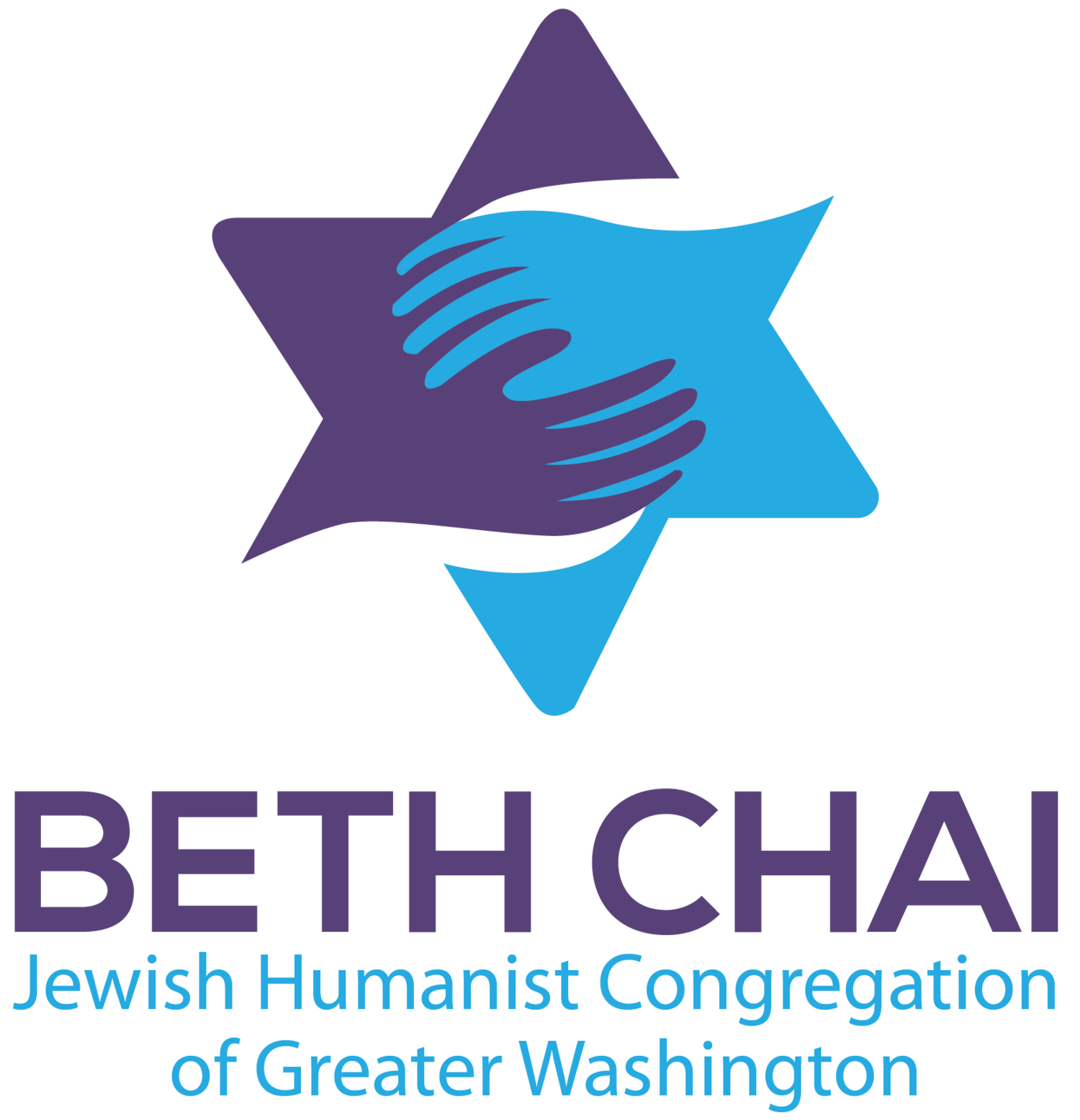THE ETHIOPIAN JEWISH FESTIVAL OF SIGD
Hag Sameach!
Happy Holiday!
Sigd Tov!
Good Sigd to you!
This week marked the celebration of the Jewish holiday of Sigd. If you have not heard of Sigd, you are not alone. Although centuries old, Sigd is a holiday that originated with the Ethiopian Jewish community and, therefore, was largely unknown by the larger Jewish community until the airlift of most of Ethiopia’s Jews to Israel in the mid-1980s and early 1990s. Until then, the Ethiopian Jewish community lived a quite isolated existence from the rest of the Jewish world.
In 2008, the Israeli government made Sigd a national holiday. But Ethiopian Jews wish that more of the Jewish community embrace the holiday as their own. Sigd is celebrated 50 days after Yom Kippur, a parallel to Shavuot being 50 days after Passover. Like Shavuot, Sigd celebrates the giving the Torah and also a yearning for Jerusalem. The word Sigd means to “prostrate” or “bow down” in Ge’ez, the Ethiopian Jewish language.
Traditionally, Sigd is marked by text study and a half-day fast that ends with a feast and dancing. The community eats a cake called dabbo to end the fast. Another symbol of Sigd is brightly colored umbrellas. In Ethiopia on Sigd, the community elders would carry such umbrellas and lead a community hike to a high mountain in the desert. Today, Ethiopian Jews also hike, carrying bright umbrellas, through the streets of Jerusalem to a promenade that overlooks the Old City.
Some in the Ethiopian community lament that the greater Jewish community has not embraced Sigd as a celebration for the whole Jewish community. The Ethiopian community in Israel utilizes Sigd each year to celebrate and inform the public about their unique culture. But critics say that Sigd has become overly commercialized and politicized, and the celebration can overshadow real discussion of the prejudices often faced by Ethiopian Jews.
To me, Sigd is a reminder of the vast, diverse and rich culture of our people and a call to address the prejudice and inequities in our community. I find it inspiring and interesting to learn about the diversity and creativity of Jewish practice. I hope that you do too!
